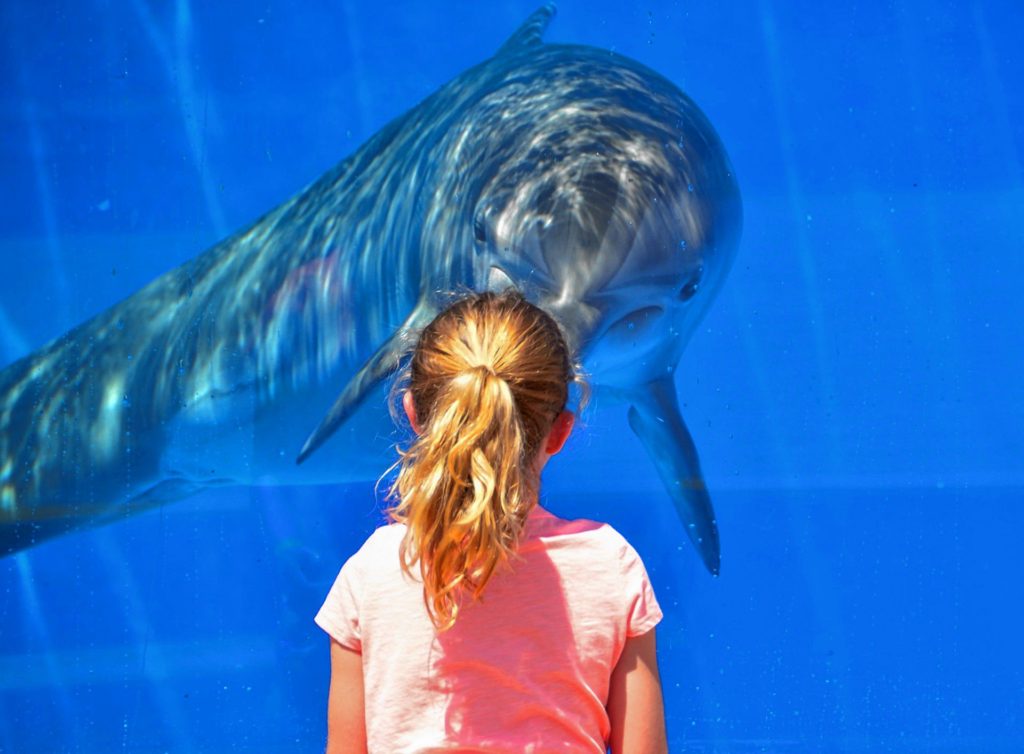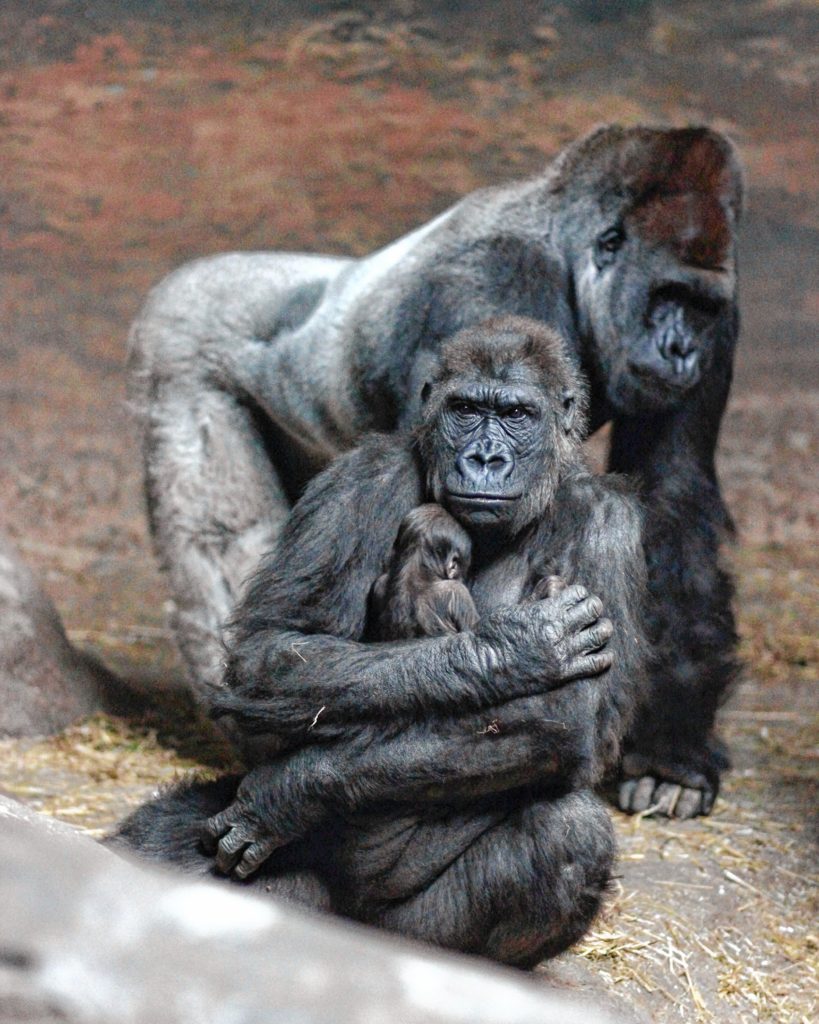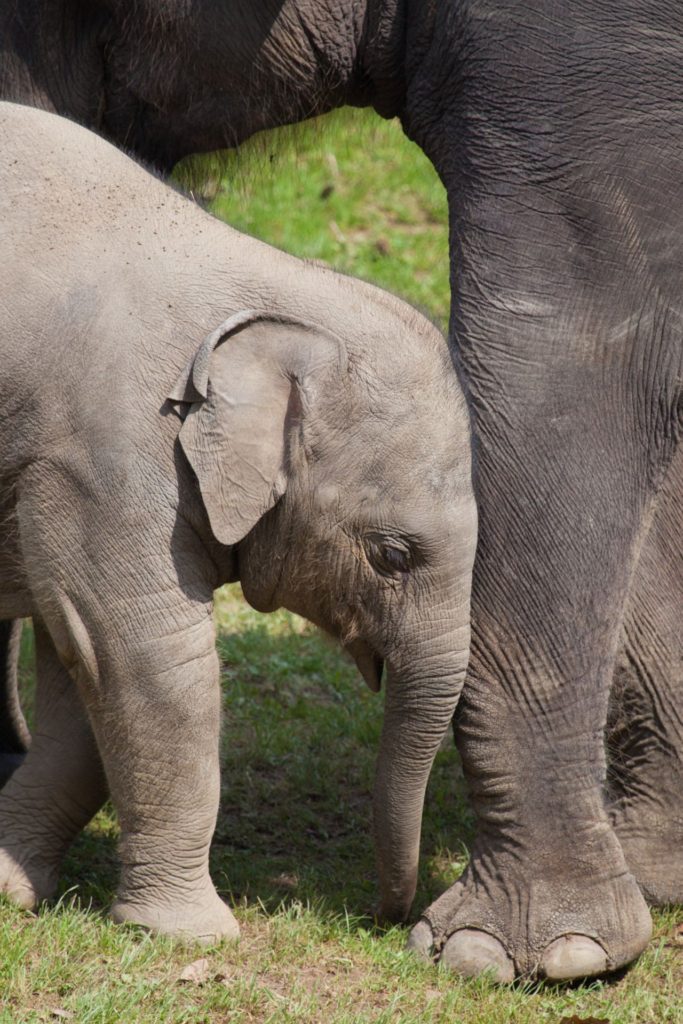Very little seems more like a frivolous waste of time than watching cute animal videos on Facebook.
But the more I’ve watched them, the more I’ve thought there’s something important, something vital even, that we’re communicating through critter videos — a shift in cultural perception necessary to human development and to our time.
I can hear you scoffing. Oh, come on. Cute animal videos? Necessary to human development? Give me a break! But bear with me.
The great naturalist Aldo Leopold (whom you may remember me quoting last month) seems relevant again here. In earlier times, he writes, ethical treatment was extended only to men, with women and slaves treated as property. But as societies progress, ethical treatment is widened to include all people. Ethics, to Leopold, are a sense of community — we treat members of our community ethically because we need their contribution and recognize them as similar to ourselves.
Traditional philosophy and religion have held that animals are something fundamentally different from humans. Humans are the ones with what we call “humanity” — a concept variably described as the possession of morals, or empathy, or foresight, or reason. Animals have not been expected to have these qualities.
But increasingly, animal rights activists, environmentalists, and biologists have challenged this notion. A deluge of recent science has proved that animals show emotion, intelligence, empathy, morality — any metaphysical notion formerly thought the sole province of humans. Don’t believe me? Type “do animals have X” into Google, and instead of X, fill in your concept of choice.
But such findings are still widely reported in popular media as surprising. “Yes, animals think and feel. Here’s how we know,” reported a National Geographic headline just last year, tacitly acknowledging the continued existence of widespread doubt.
In society at large, ideas of animals as automata still hold sway. Many people still believe animals obey mostly instinct, rather than complex processes of reason and emotion. That’s obvious in how we treat animals for food production or other industrial processes. Despite growing efforts by animal rights activists, there’s still no formal legal animal bill of rights.
To my mind, that’s where cute animal videos come in.
Facebook, YouTube, and Twitter bring images of unmistakable animal intelligence and humanity before our eyes every day. We no longer rely on stories of the smart thing someone’s pet did at home, easily dismissed as exaggeration by a doting owner. Instead, animals are doing their thing in front of millions of viewers, repeatedly.
The videos are legion and undeniable.
An elephant watches as someone plays piano, and joins in to joyfully bang an accompaniment of messy chords with its trunk.
A dog tucks in a fussing baby by pushing a blanket around it with its nose, until the baby falls peacefully to sleep.
An orangutan stares through the glass of its enclosure as a zoo-goer does a magic trick, and shows approval and hilarity by falling over with exaggerated silent laughter.
A crow sleds down a roof on a Tupperware lid, picking it up at the bottom to fly up and do it again.
A dolphin approaches a diver, turning sideways and floating close to beg for help extracting a fishhook and tangle of fishing wire from its fin.
A zoo gorilla gazes intently through the glass as a young man shows photos of gorillas on his iPhone, and jerks its head sidewise to ask him to swipe to the next photo.
The examples go on, and on, and on. Do we need more than our own eyes to recognize the humanity in these animals? And we’re not fooling ourselves: science increasingly supports the conclusion that these animals are behaving the same way we do, for the same reasons.
Ultimately, I believe it’s the similarity between them and us that makes for many of the best-loved viral videos. We see ourselves in these animals, and it melts our heart. We feel connected to them.
Our obsession with animal videos has even prompted new research. Scientists have been inspired to study unusual animal friendships between species due to how commonly such friendships are shown online, reported The New York Times last year.
For Leopold, as our society matures, we’ll move from understanding that all humans have rights, to a “land ethic” where we understand that not only animals, but plants, soil, the land itself, are also part of our community.
Since Leopold’s time, we’ve come a long way in our thinking on animal rights, from Peter Singer’s 1975 Animal Liberation to Carl Safina’s 2015 Beyond Words: What Animals Think and Feel. But no book can beat the immediacy and impact of seeing with our own eyes.
Some have criticized social media like Facebook, saying we’re given the illusion that we’re contributing to change by reposting information when actually we’ve taken no real action. I see the logic behind that criticism.
But I also believe that perceptions matter. Our ideas about the world are what fuel our actions, and no platform has more powerful potential to influence our ideas than social media.
Perhaps — perhaps — our frivolous exchange will help quicken a long-insufficient compassion for our fellow beings on this big Earth, who ultimately are so much like us, but who wear scales and fur, and are unable to speak for themselves.
Naila Moreira is a writer and poet who often focuses on science, nature and the environment. She teaches science writing at Smith College and is the writer in residence at Forbes Library. She’s on Twitter @nailamoreira.







